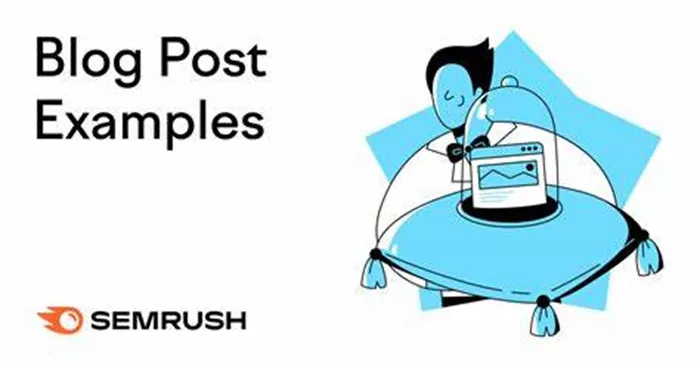Creating compelling blog posts is just the first step in building an online presence. To maximize their impact and reach, you need an effective distribution strategy. This guide will walk you through various methods and platforms to distribute your blog posts, ensuring they reach your target audience and drive engagement.
Understanding Blog Post Distribution
Before diving into distribution strategies, it’s essential to understand the goals and benefits of distributing your blog posts:
Increase Visibility: Reach a broader audience beyond your website or blog readers.
Drive Traffic: Redirect visitors to your website or specific landing pages.
Boost Engagement: Encourage interaction through comments, shares, and likes.
Establish Authority: Position yourself as an expert in your niche by sharing valuable content.
Key Distribution Channels
1. Social Media Platforms
Facebook: Share blog posts on your page, in relevant groups, and through Facebook Ads for targeted reach.
Twitter: Tweet links to your blog posts with relevant hashtags to increase visibility and engagement.
LinkedIn: Publish articles on LinkedIn Pulse and share updates with your professional network.
Instagram: Use Instagram Stories, IGTV, or bio links to direct followers to your latest blog content.
Pinterest: Pin blog post images with descriptions linking back to your website for visual content discovery.
2. Email Newsletters
Subscriber List: Send newsletters featuring blog post highlights or summaries to keep subscribers informed.
Automated Campaigns: Set up automated emails to send new blog posts to subscribers immediately upon publication.
3. Content Aggregation Platforms
Medium: Republish or summarize blog posts on Medium to tap into its built-in audience and potential monetization opportunities.
Flipboard: Curate and share blog posts within relevant Flipboard magazines to reach new readers interested in specific topics.
4. Online Communities and Forums
Reddit: Share blog posts in relevant subreddits while adhering to community guidelines and engaging with discussions.
Quora: Answer questions related to your blog topics and link back to relevant posts for further information.
5. Collaborations and Guest Posting
Guest Blogging: Contribute guest posts to reputable websites or invite guest bloggers to write for your blog, expanding your reach.
Podcasts: Discuss blog topics on podcasts and provide links in show notes for listeners to explore further.
See also:How To Distribute Your Personal Blog Effectively
Advanced Distribution Techniques
1. SEO Optimization
Keyword Strategy: Use relevant keywords in blog titles, meta descriptions, and throughout content to improve search engine ranking.
Backlinking: Earn backlinks from reputable websites by creating high-quality, shareable content.
2. Paid Advertising
Google Ads: Run PPC campaigns targeting keywords related to your blog posts to drive immediate traffic.
Social Media Ads: Boost posts or create ad campaigns on platforms like Facebook, Instagram, and LinkedIn for targeted exposure.
3. Influencer Outreach
Influencer Partnerships: Collaborate with influencers in your niche to share your blog posts with their followers for increased visibility.
4. Webinars and Live Streams
Live Q&A Sessions: Host webinars or live streams discussing blog topics and interact directly with your audience.
Recordings: Repurpose webinar recordings as downloadable content or videos on your blog and social media channels.
Best Practices for Effective Distribution
1. Consistency
Publishing Schedule: Maintain a consistent schedule for posting and sharing blog content to keep your audience engaged.
2. Analytics and Monitoring
Performance Tracking: Use analytics tools to monitor the performance of distributed blog posts and adjust strategies accordingly.
Feedback: Pay attention to comments, shares, and engagement metrics to understand audience preferences and improve future content.
3. Engagement and Interaction
Community Building: Respond to comments, messages, and feedback promptly to foster a sense of community around your blog.
4. Adaptability
Trend Analysis: Stay updated on industry trends and adapt your content and distribution strategies to capitalize on emerging opportunities.
Conclusion
Effectively distributing your blog posts is crucial for maximizing their impact and achieving your online marketing goals. By utilizing the diverse distribution channels and strategies outlined in this guide, you can expand your reach, drive traffic to your website, and build a loyal audience interested in your niche. Implement these tactics consistently and monitor their performance to refine your approach over time.
This comprehensive guide equips you with the knowledge and strategies needed to effectively distribute your blog posts across various platforms, ensuring your content reaches and resonates with your target audience.
Related topics:
- Jake Paul’s Net Worth Distribution:A Comprehensive Guide
- Distributing Hostinger Webmail: A Comprehensive Guide
- How Much Does TikTok Pay? A Simple Guide

